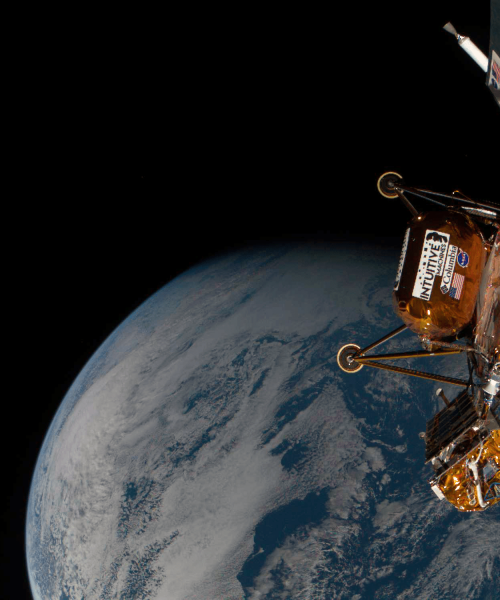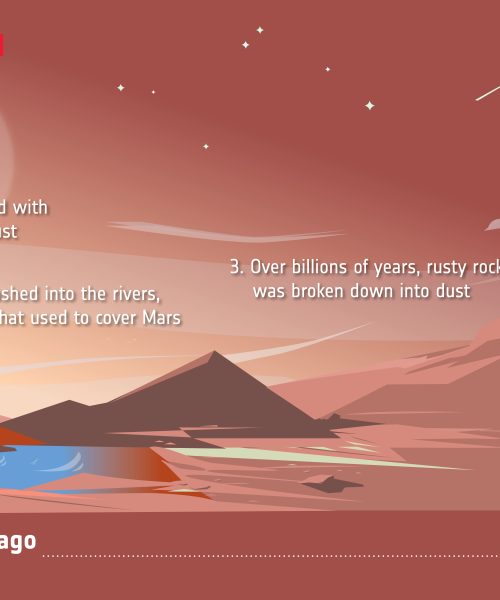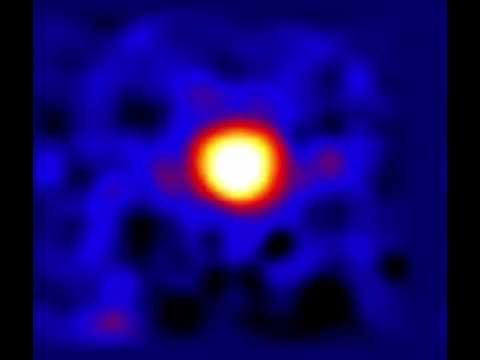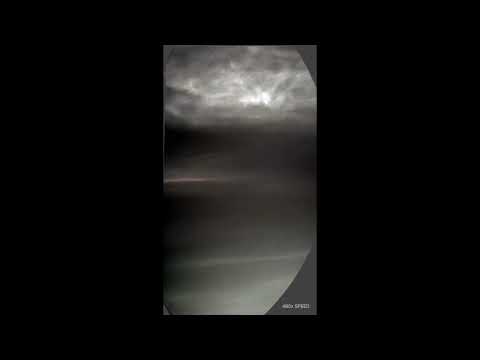
We hear about artificial intelligence all the time nowadays—but what is it doing for astronomy? A lot!
New research papers are published almost every week using AI for some new investigation in astronomy: classifying galaxies, identifying solar flares, exploring exoplanet atmospheres, and more. AI’s biggest strength is that it can sort through mountains of data much faster than a human—a skill that’s particularly timely as new telescopes are generating more and more data for astronomers to handle.
“We can use [AI] to tackle problems we couldn’t tackle before because they’re too computationally expensive,” said Daniela Huppenkothen, astronomer and data scientist at the Netherlands Institute for Space Research, in MIT Technology Review.
One telescope in particular has many astronomers abuzz about AI: the Vera C. Rubin Observatory, scheduled to be completed in January 2025, just a few short months away. Once open, it’ll image the entire night sky every few days for ten whole years in a program known as the Legacy Survey of Space and Time (LSST), generating sixty petabytes of data in that time.
“The massive amount of data that will be gathered in the coming years by the Vera C. Rubin Observatory and other large-scale astronomical projects is simply too vast and rich to be fully explored with existing methods,” said NSF director Sethuraman Panchanathan in a University of Chicago press release. “With reliable and trustworthy AI in their toolbox, everyone from students to senior researchers will have exciting new ways to gain valuable insights leading to amazing discoveries that might otherwise remain hidden in the data.”
Astronomers often use a specific version of AI known as machine learning. Although AI tools can seem intelligent (and they’re literally described as learning!), they’re really just algorithms built to recognize patterns and improve their results as they encounter more data. For LSST, one way these algorithms will help out is by classifying galaxies based on their shapes.
Traditionally, this task is done by humans visually inspecting each and every image—but human eyes are limited in their capabilities, and we also only have so many waking hours to work and few scientists to get it all done. Not only is machine learning faster, but these algorithms can pinpoint smaller features than humans can, like faint wisps at the edges of a galaxy, and notice fainter galaxies. Other astronomers hope to use AI and LSST to measure the distance to galaxies more accurately than ever before, hopefully shedding light on the major mystery of dark matter.
There’s another observatory that’s going to produce even more data than LSST: the Square Kilometer Array Observatory, an arrangement of radio dishes and antennae spread across Australia and South Africa. This technological feat combines the observations of over 100,000 separate detectors, producing a whopping 300 petabytes a year—almost four times more than LSST will create in a decade! Astronomers plan to use AI to scour this dataset for more information on the earliest stars in the universe.
AI has already contributed to some major discoveries, too. The famous first ever image of a black hole from the Event Horizon Telescope got a touch up thanks to a machine learning algorithm, making the image even clearer. Finding smaller, more Earth-like exoplanets is a notorious challenge, and astronomers used machine learning to separate the signal of a planet from the signal of its star that gets in the way. And astronomers have already been using machine learning for years to categorize exploding stars known as supernovae.
“Machine learning is completely changing my field,” said Penn State astronomer Joel Leja. “It blows my mind every time I think about it, and it lets us ask new science questions.”





